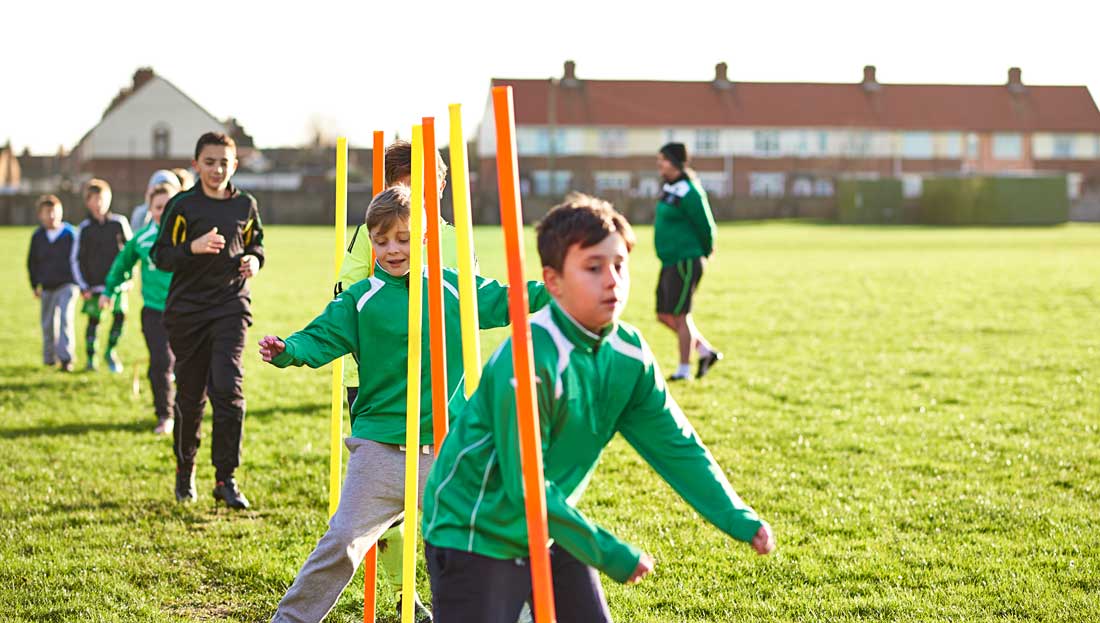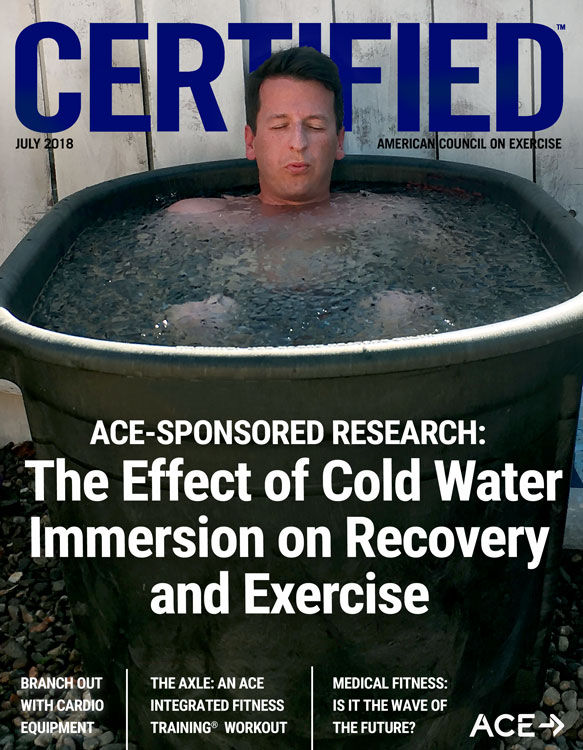
Study: Are Kids Mini Athletes in Disguise?

Children not only have fatigue-resistant muscles, but recover astonishingly quickly from high-intensity exercise—even faster than well-trained adult endurance athletes. This is the finding of new research published in Frontiers in Physiology, which compared the energy output and post-exercise recovery rates of young boys, untrained adults and endurance athletes.
The research could help develop athletic potential in children as well as improve our understanding of how our bodies change from childhood to adulthood—including how these processes contribute to the risk of diseases such as diabetes.
“During many physical tasks, children might tire earlier than adults because they have limited cardiovascular capability, tend to adopt less-efficient movement patterns and need to take more steps to move a given distance,” says Sébastien Ratel, associate professor in exercise physiology who completed this study at the Université Clermont Auvergne, France, and co-author Anthony Blazevich, a professor in Biomechanics at Edith Cowan University, Australia. “Our research shows children have overcome some of these limitations through the development of fatigue-resistant muscles and the ability to recover very quickly from high-intensity exercise.”
Previous research has shown that kids do not tire as quickly as untrained adults during physical tasks. Ratel and Blazevich believed the energy profiles of children could be comparable to endurance athletes, but there was no evidence for this until now.
The researchers asked three different groups—eight- to 12-year-old boys and adults of two different fitness levels—to perform cycling tasks. The boys and untrained adults were not participants in regular vigorous physical activity. By contrast, the endurance athletes were national-level competitors at triathlons or long-distance running and cycling.
Each group was assessed for the body’s two different ways of producing energy—aerobic, which uses oxygen from the blood, and anaerobic, which doesn’t use oxygen and produces acidosis and lactate (often known by the incorrect term, lactic acid), which may cause muscle fatigue. The participants’ heart rate, oxygen levels and lactate-removal rates were checked after the cycling tasks to see how quickly they recovered.
In all tests, the children outperformed the untrained adults.
“We found the children used more of their aerobic metabolism and were therefore less tired during the high-intensity physical activities,” says Ratel. “They also recovered very quickly—even faster than the well-trained adult endurance athletes—as demonstrated by their faster heart-rate recovery and ability to remove blood lactate.”
“This may explain why children seem to have the ability to play and play and play, long after adults have become tired.”
What does this mean for parents who want to maximize their children’s chances of excelling in sports?
“Many parents ask about the best way to develop their child’s athletic potential. Our study shows that muscle endurance is often very good in children, so it might be better to focus on other areas of fitness such as their sports technique, sprint speed or muscle strength,” explains Ratel. “This may help to optimize physical training in children, so that they perform better and enjoy sports more.”
Ratel continues, “With the rise in diseases related to physical inactivity, it is helpful to understand the physiological changes with growth that might contribute to the risk of disease. Our research indicates that aerobic fitness, at least at the muscle level, decreases significantly as children move into adulthood.” This is, of course, around the time increases in diseases such as diabetes occur.
“It will be interesting in future research to determine whether the muscular changes we have observed are directly related to disease risk,” says Ratel. “At least, our results might provide motivation for practitioners to maintain muscle fitness as children grow up; it seems that being a child might be healthy for us.”

 by
by 

